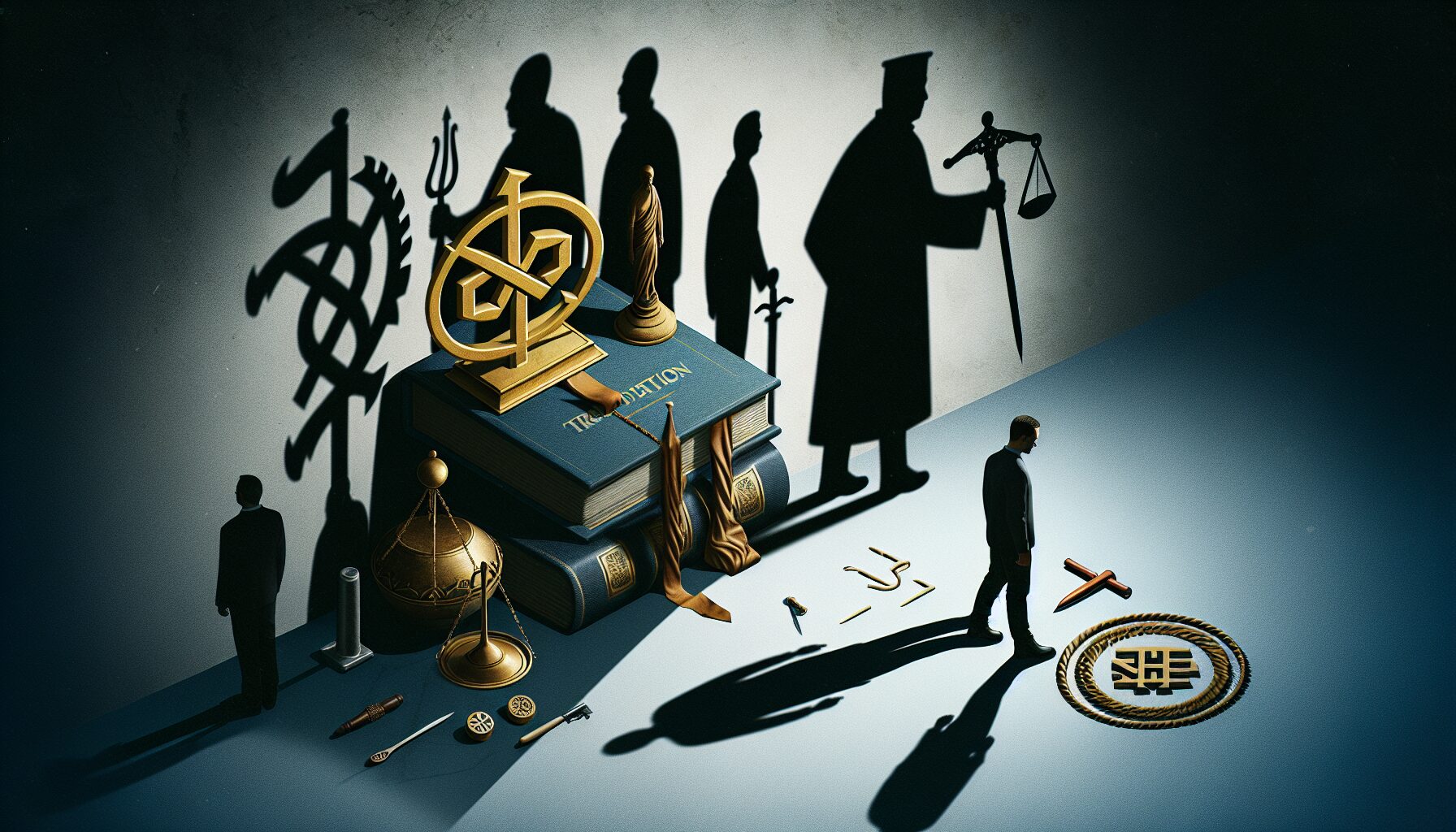Throughout human history, traditions have served as the backbone of cultures and societies around the globe. They provide a sense of belonging and continuity, offering a link to the past while shaping the future. However, as these cultural rituals and practices transcend generations, there’s an increasing need to scrutinize when the preservation of tradition becomes a tool for oppression rather than cultural enrichment.
The Role of Tradition in Society
Traditions, by their very nature, are steadfast. According to anthropologist Clifford Geertz, they involve “stories we tell ourselves about ourselves.” As these stories are passed down, they imbue individuals with a sense of identity and shared purpose.
“There is an invisible thread that binds us to the past, ensures our present, and secures our future.” – Unknown
Traditionally, this thread has been perceived as positive, painting culture with the brush of unity and cooperation. However, the rigidity of these traditions can sometimes become a mechanism of control, used by those in power to maintain the status quo.
When Culture Becomes Constraining
- Gender Roles: Many traditions continue to reinforce archaic gender roles, limiting the potential and freedom of women and men alike. For instance, in some cultures, outdated beliefs about “appropriate” roles for women still prevent them from pursuing careers.
- Religious Practices: In certain societies, religious traditions can mandate strict adherence to practices that suppress individual freedoms. Religious laws may dictate behavior, dress codes, and even legal systems.
- Caste and Class Systems: Numerous cultures perpetuate systems that stratify society based on hereditary status. These systems can ostracize large groups of people and deny them equal opportunities.
The Clash With Modern Values
As global connectivity expands and progressive values spread, traditions that once seemed untouchable are under scrutiny. Young people worldwide are increasingly questioning practices that, while traditional, run contrary to modern human rights principles. As The Times of India reported, many Indian youth are challenging outdated caste norms through education and social collaboration.
In many cases, this confrontation fosters conflict between generations. Older generations, often set in their ways, fear the loss of cultural identity and power. Conversely, younger generations may see the adherence to outdated traditions as a pathway to injustice and inequality.
Finding a Balance
Despite these tensions, it’s crucial to acknowledge that abandoning all traditions is neither feasible nor desirable. The key lies in adaptation and evolution.
- Inclusion of Diverse Voices: Encouraging open dialogues and including voices from various demographics can help evolve traditions in ways that respect both heritage and contemporary values.
- Focus on Core Values: Reassessing traditions to focus on the core values that promote unity, such as cooperation and mutual respect, can help reinforce positive aspects while shedding oppressive elements.
- Innovation: Embracing technological and societal innovations can introduce new, inclusive traditions that resonate with modern life.
Cultural Preservation without Oppression
The challenge lies in preserving cultural identity without succumbing to the pitfalls of oppression. As societies become more connected, there remains a unique opportunity to redefine traditional values in ways that honor the past while embracing the future.
In the words of Laurence W. Mitchell, “Culture is not a fixed set of values but a dynamic and fluid collection of practices.” By acknowledging this fluidity, societies can navigate the complexities of tradition and progress hand in hand.
Ultimately, the path forward requires a delicate balance—a recognition that while preservation is important, it should never come at the cost of oppression. By giving voice to diverse perspectives and prioritizing inclusivity, the shadow of tradition can transform into a guiding light for the future.
